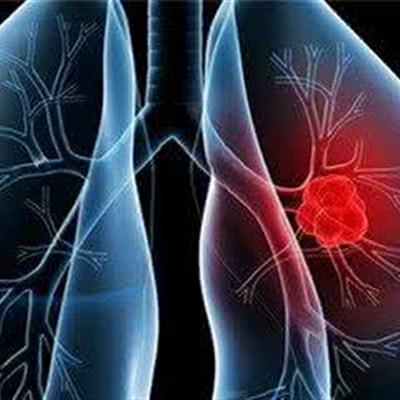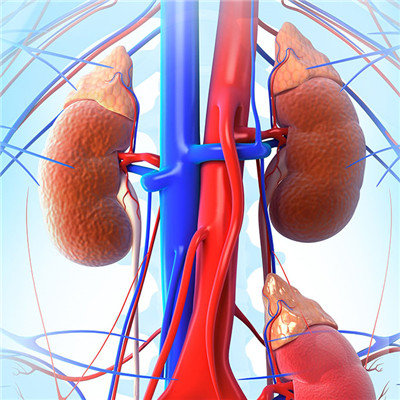What are the main symptoms of advanced lung cancer
summary
Now with the development of science and technology, air pollution is very serious, and the exhaust gas is very harmful to our body, so it is easy to cause us to suffer from lung cancer. The symptoms of lung cancer will be different due to the different constitution of patients. The condition of advanced lung cancer is more serious, and it needs timely symptomatic treatment. What are the symptoms of advanced lung cancer?
What are the main symptoms of advanced lung cancer
1. Lung cancer pain is a common symptom of patients with advanced lung cancer. Why do most lung cancer patients have pain in the late stage? The chest is a very complex space. Three quarters of the lung surface is surrounded by the chest wall. It is composed of a thin layer of inner membrane (parietal pleura), fat, muscle, ribs and skin in different proportions. Tumor invasion of any of the above parts can cause pain. Therefore, most of the lung cancer patients with intrathoracic regional dissemination have symptoms of chest pain. Around the top of the lung, the tip of the lung, forms a special area of the chest wall. Nerve fibers from the neck and innervating the sensation and movement of the upper limb enter the upper limb through this area. Therefore, if the tumor invades this area, it will often feel the pain and fatigue of the affected upper limb. This so-called "pancoste cancer", or superior sulcus cancer, as a kind of lung cancer, often with shoulder pain as the main symptom. The pain often needs analgesics to relieve. Usually, such patients are easily sent to plastic surgeons or neurologists for treatment, thus losing the opportunity of early diagnosis.

2. Hoarseness is one of the late symptoms of lung cancer. The recurrent laryngeal nerve (RLN), which controls the left vocal function, descends from the neck to the chest, bypasses the great blood vessels of the heart and goes up to the larynx, thus dominating the left side of the vocal organ. Therefore, if the tumor invades the left side of the mediastinum and compresses the recurrent laryngeal nerve, hoarseness will occur, but there are no other symptoms of sore throat and upper respiratory tract infection.

3. Facial and neck edema is also a common symptom of advanced lung cancer. There is superior vena cava on the right side of mediastinum, which transports venous blood from upper limbs and head and neck back to the heart. If the tumor invades the right side of the mediastinum and compresses the superior vena cava, the jugular vein will be inflamed at first due to poor reflux, and finally it will lead to edema of the face and neck, which needs timely diagnosis and treatment.

matters needing attention
Lung cancer is one of the most malignant tumors that incidence rate and mortality rate increase fastest and is the most dangerous to the health and life of the population. How to control and treat it depends on whether our patients cooperate or not. Besides scientific treatment, we should pay more attention to diet. Patients should also actively carry out physical exercise to improve the body immunity.
















